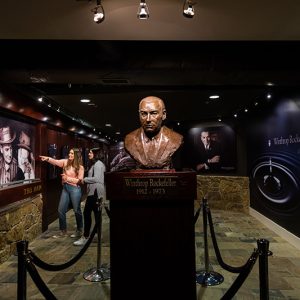 Legacy Gallery
Legacy Gallery
Entry Type: Thing
 Legacy Gallery
Legacy Gallery
 The Legend of Boggy Creek
The Legend of Boggy Creek
Legend of Boggy Creek, The
 Legless Lizard
Legless Lizard
 Leopard Darter
Leopard Darter
 Lepanto Attractions
Lepanto Attractions
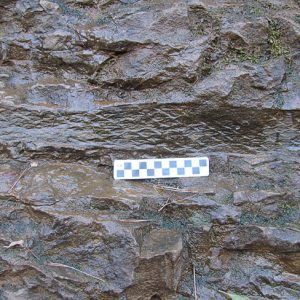 Lepidodendron Fossil
Lepidodendron Fossil
 Lernaea cyprinacea
Lernaea cyprinacea
 Lernaea cyprinacea
Lernaea cyprinacea
 Lest We Forget by Ben Shahn
Lest We Forget by Ben Shahn
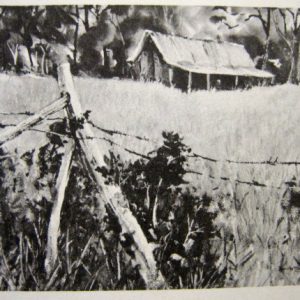 Levee House
Levee House
Levees and Drainage Districts
Levi Hospital
aka: Leo N. Levi Hospital
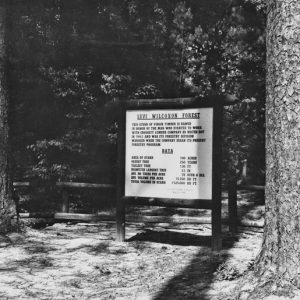 Levi Wilcoxon Forest Entrance
Levi Wilcoxon Forest Entrance
Levon Helm Boyhood Home
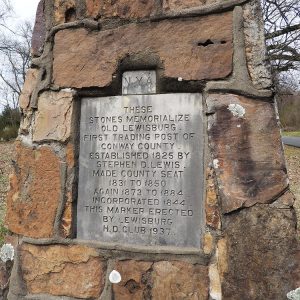 Lewisburg Marker
Lewisburg Marker
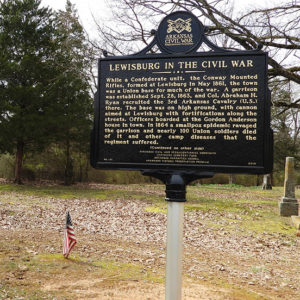 Lewisburg Marker
Lewisburg Marker
Liberator, The
Liberty School Cafeteria
Libraries
Lice
 Lice
Lice
Lichens
aka: Reindeer Moss
aka: Iceland Moss
 Lichens
Lichens
 Liesegang Weathering
Liesegang Weathering
Lieutenant Governor, Office of
LifeQuest of Arkansas
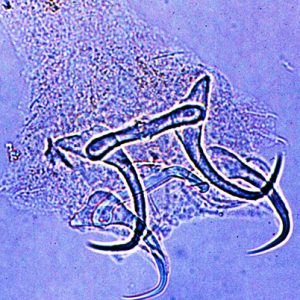 Ligictaluridus pricei
Ligictaluridus pricei
Lincoln Avenue Viaduct
 Lincoln Avenue Viaduct
Lincoln Avenue Viaduct
 Lincoln Avenue Viaduct
Lincoln Avenue Viaduct
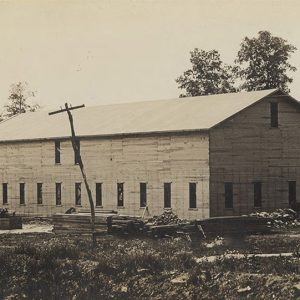 Lincoln Cannery
Lincoln Cannery
Lincoln County Courthouse
 Lincoln County Map
Lincoln County Map
Lincoln High School (Star City)
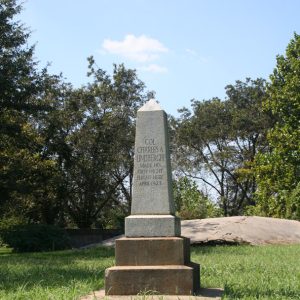 Charles Lindbergh Monument
Charles Lindbergh Monument
Linnie Drown [Steamboat]
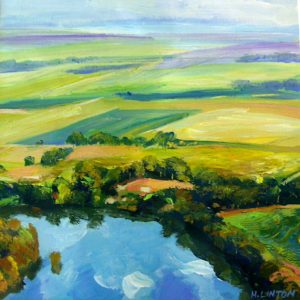 Landscape
Landscape
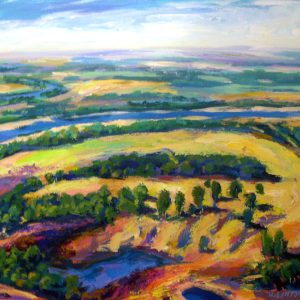 Landscape
Landscape
 Lion
Lion
Lion Oil Company
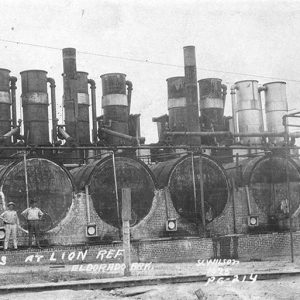 Lion Oil Stills
Lion Oil Stills
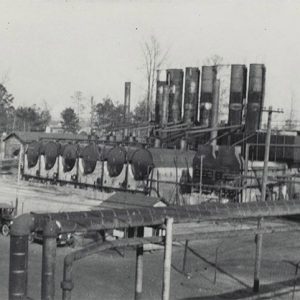 Lion Oil Stills
Lion Oil Stills
 Lion Service Station
Lion Service Station
 Litter Applicator
Litter Applicator
Little Buffalo River Bridge
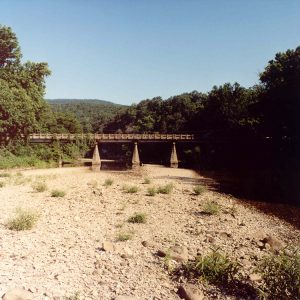 Little Buffalo River Bridge
Little Buffalo River Bridge
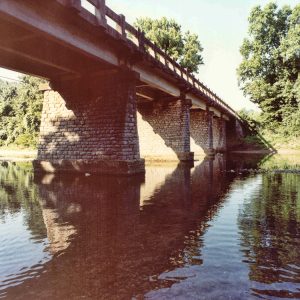 Little Buffalo River Bridge
Little Buffalo River Bridge
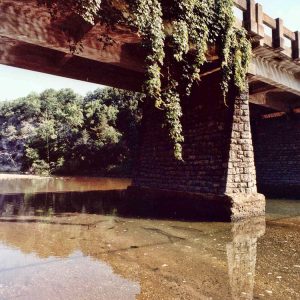 Little Buffalo River Bridge
Little Buffalo River Bridge
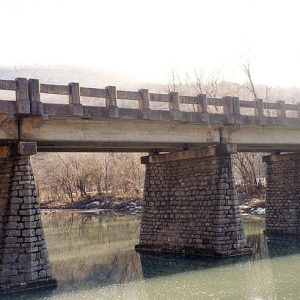 Little Buffalo River Bridge
Little Buffalo River Bridge




